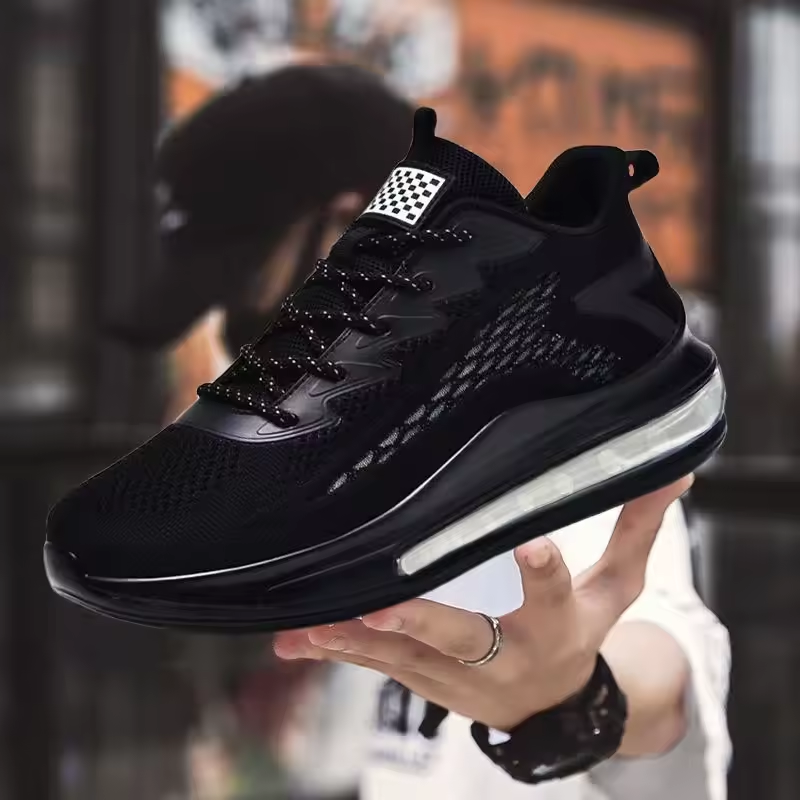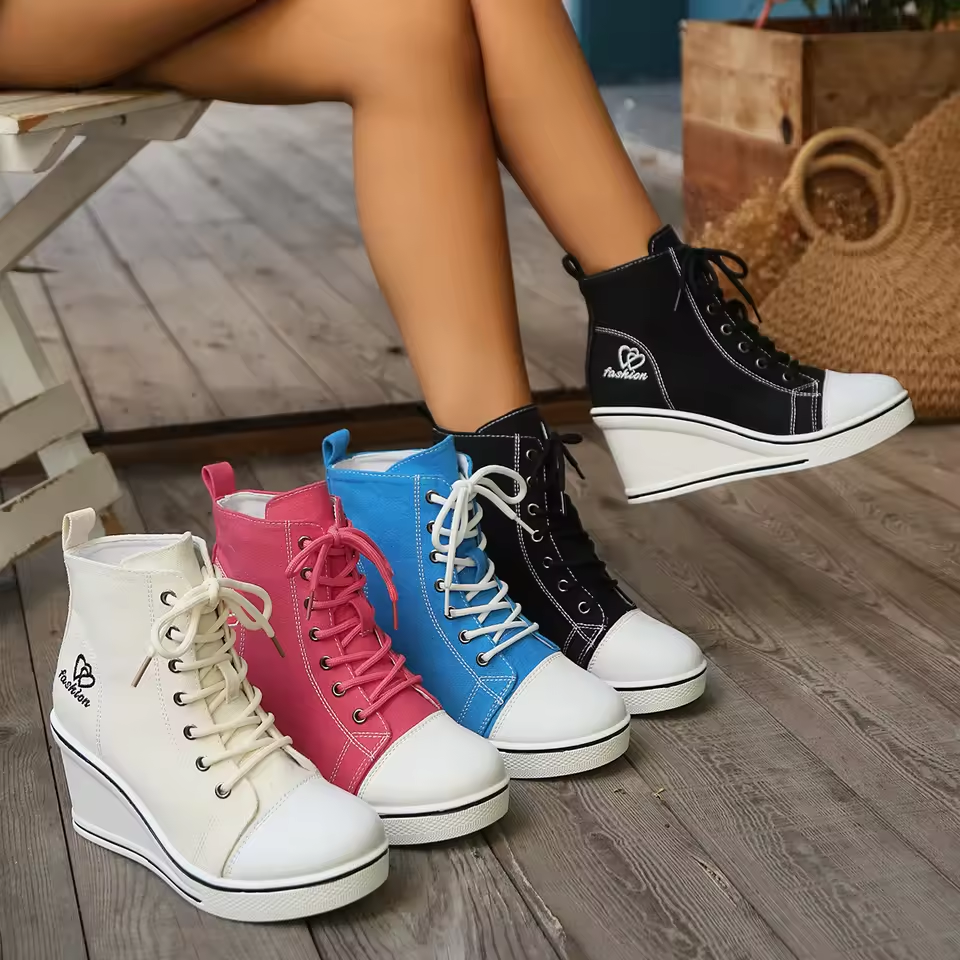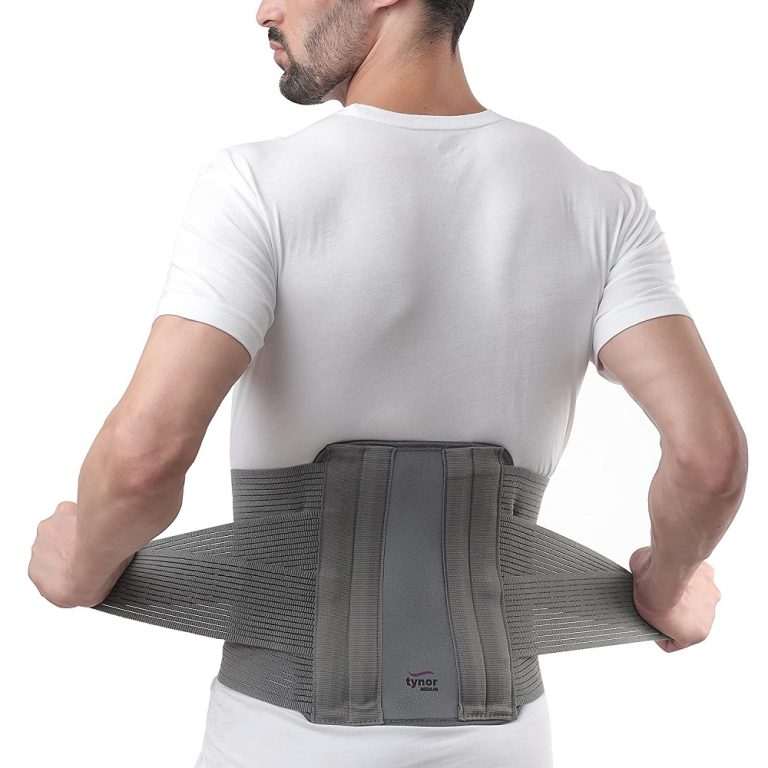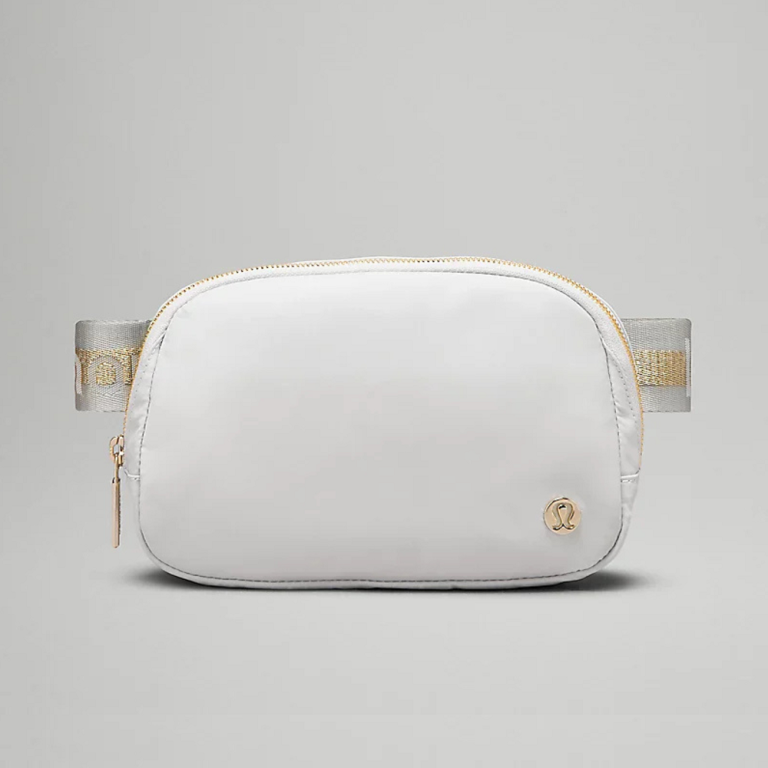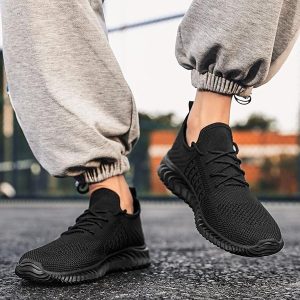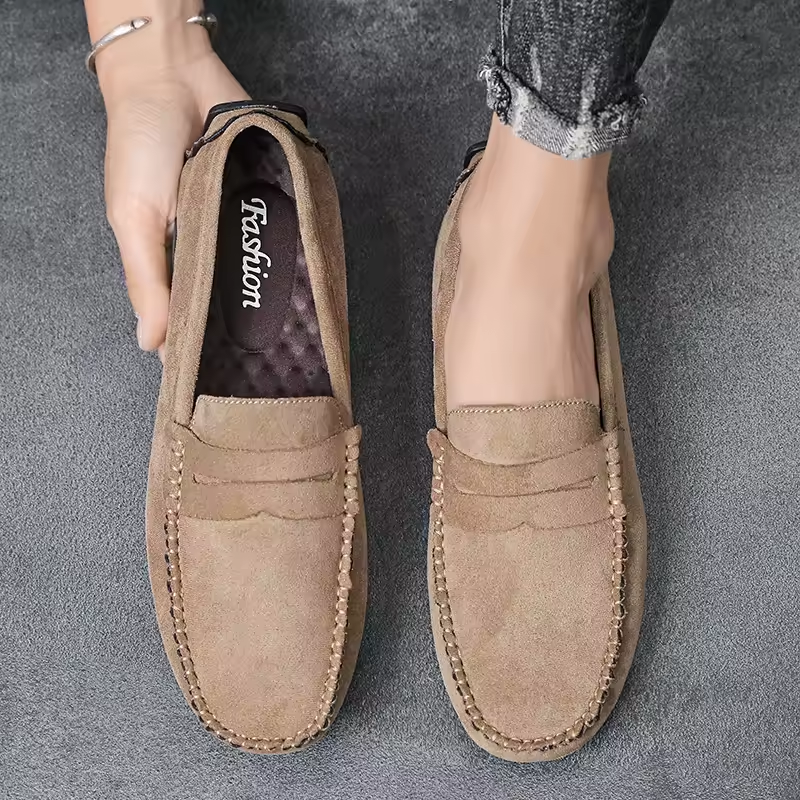Trail running is an exhilarating way to explore the outdoors while enjoying a vigorous workout. Unlike road running, trail running involves various terrains, including rocky paths, muddy tracks, and steep hills. Therefore, the right gear is crucial for a successful trail running experience. One of the most essential pieces of equipment is a good pair of mens trail running shoes. This article will explore the important features that every runner should consider when selecting trail shoes, ensuring comfort, stability, and performance on the trails.
Understanding Trail Running Shoes
What Makes Trail Running Shoes Different?
Trail running shoes differ significantly from regular running shoes. The primary difference lies in the design and features that accommodate uneven terrains. While road running shoes are optimized for pavement, trail shoes provide added protection, grip, and stability for adventurous paths. This specialized design ensures that runners can navigate obstacles with confidence while minimizing the risk of injury.
Trail shoes often have a more aggressive outsole with deeper lugs, offering better traction on slippery surfaces. Furthermore, the upper materials are usually more durable and water-resistant. This added sturdiness protects the feet from debris such as rocks, sticks, and mud. Understanding these differences is the first step in selecting the right pair of shoes for your trail running needs.
The Importance of Fit
One of the key factors in choosing the right mens trail running shoes is fit. Unlike street running, where comfort can vary, trail running shoes should fit snugly to offer the best support on challenging terrains. A secure fit can prevent blisters and ensure responsiveness. Many trail shoes come in various widths, allowing runners to find the perfect fit for their foot shape. It’s essential to try on shoes with the socks you plan to wear during runs to assess the fit accurately.
Additionally, it is advisable to allow some room in the toe box. When running downhill, your toes can slide forward, so ensuring that there is enough space can help prevent discomfort and potential injury. Fit is a personal matter, so it’s crucial to find what works best for your individual foot shape.
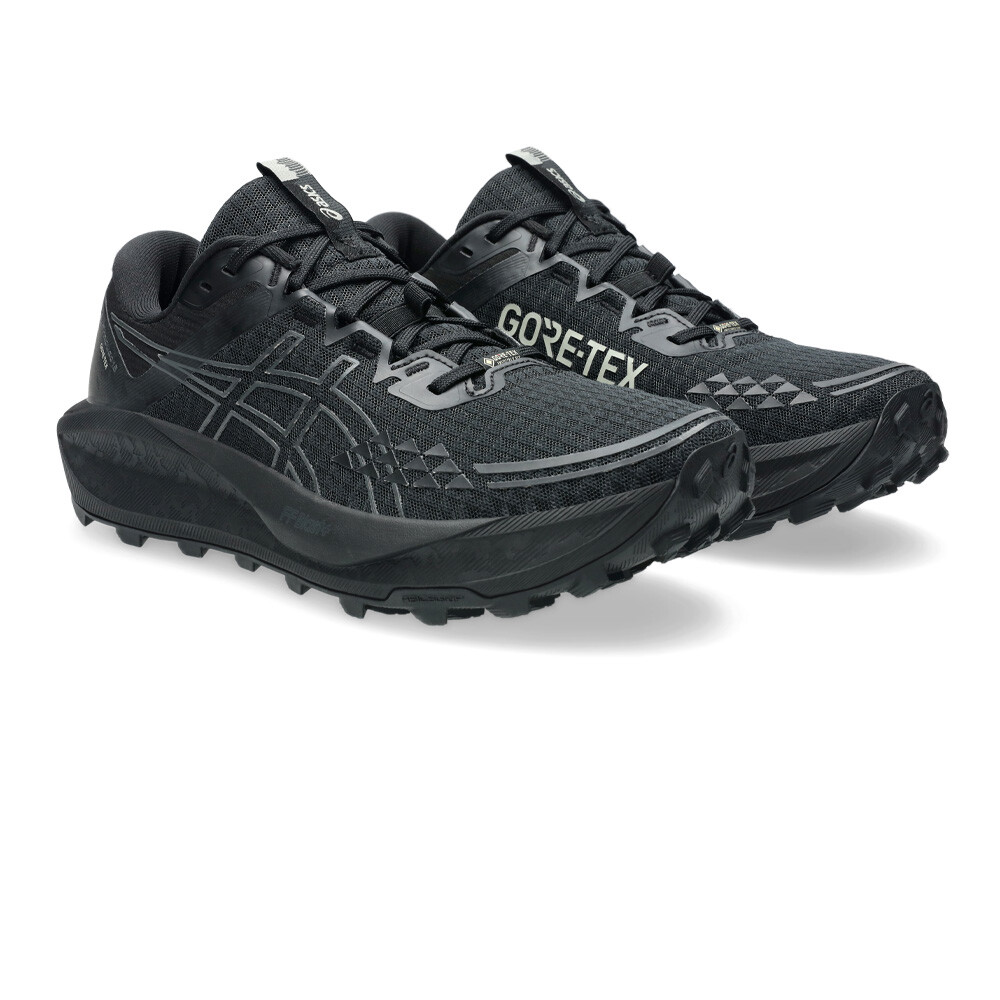
Key Features of Trail Running Shoes
Outsole Traction
One of the most critical features of mens trail running shoes is the outsole traction. The grip provided by the outsole determines your ability to navigate various surfaces safely. Deep lugs or aggressive tread patterns enhance grip, especially on muddy or rocky trails. Runners should look for shoes that provide sufficient traction on both wet and dry surfaces.
Different trail conditions may require specific types of outsoles. For instance, if you’re frequently running on technical trails with loose gravel, a shoe with a more aggressive lug design may prove beneficial. Conversely, for hard-packed trails, a shoe with a flatter design might be suitable. Understanding the types of trails you typically run on will guide your choice in outsole design.
Cushioning and Support
Cushioning is another essential aspect of trail running shoes. Adequate cushioning protects your feet from the impact of uneven terrain, rocks, and roots. There are two main types of cushioning to consider: responsive and plush. Responsive cushioning provides a more connected feel to the ground, which can enhance stability, while plush cushioning offers more comfort for longer runs.
Support is also vital, especially for runners with specific needs, such as overpronation. Many brands offer shoes with built-in support features like medial posts or stiffer chassis to prevent excessive foot rolling. Identifying your individual support needs can help ensure a more comfortable and efficient running experience.
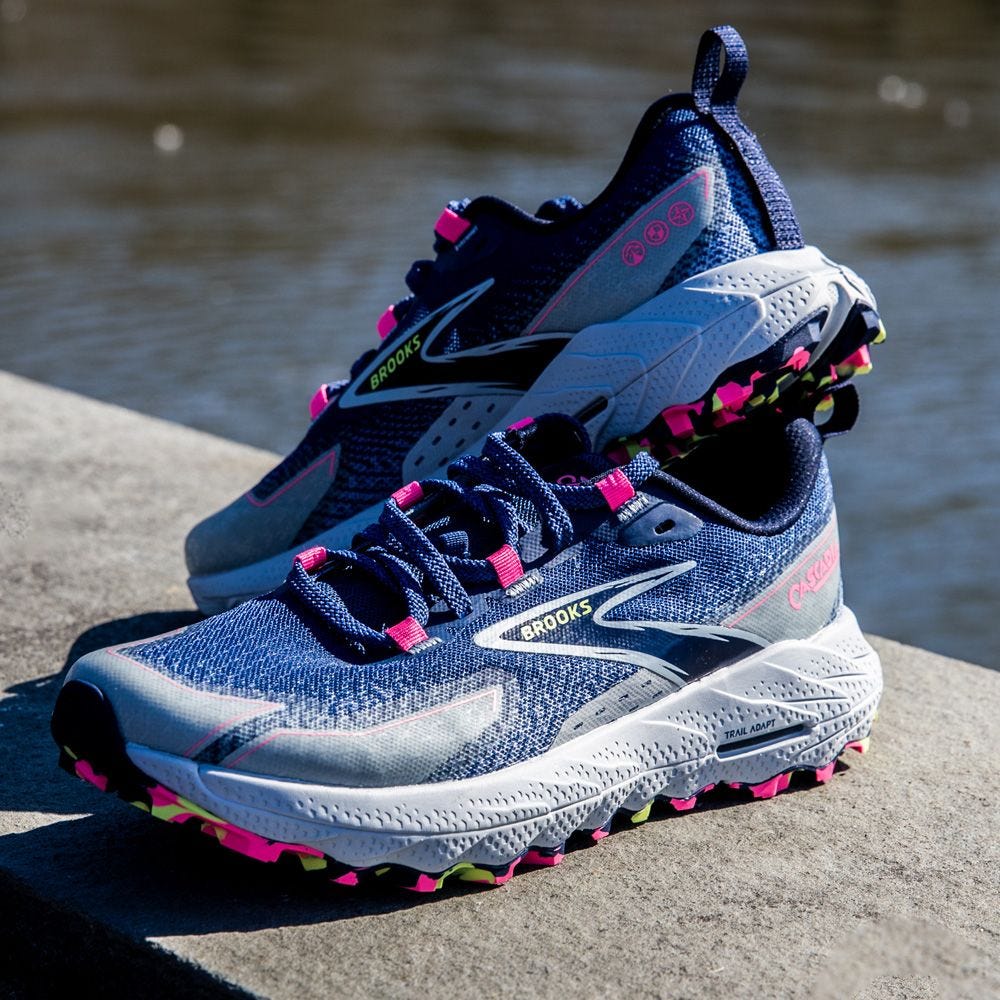
Breathability and Moisture Management
The Role of Breathable Materials
Breathability is essential in trail running shoes, as maintaining the right temperature is crucial for comfort. When running long distances, your feet are likely to sweat, and moisture can lead to discomfort and blisters. Many trail running shoes are designed with breathable mesh uppers or venting systems to allow air circulation, helping to keep your feet cool and dry.
Look for shoes made from lightweight materials with moisture-wicking properties. Such fabrics can help draw sweat away from your feet and reduce the build-up of heat. Breathability becomes especially important during hot weather or long runs, as it contributes to overall comfort.
Moisture Management Features
In addition to breathability, having effective moisture management features is important. Some shoes incorporate waterproof or water-resistant materials, which can be beneficial for running in wet conditions. However, it is essential to balance waterproofing with breathability, as overly restrictive materials can trap moisture inside, leading to discomfort.
Consider the typical weather conditions you will face when running trails. If you often encounter wet or muddy areas, shoes with waterproof capabilities can protect your feet. Conversely, if you primarily run in dry conditions, prioritizing breathability might be more beneficial.
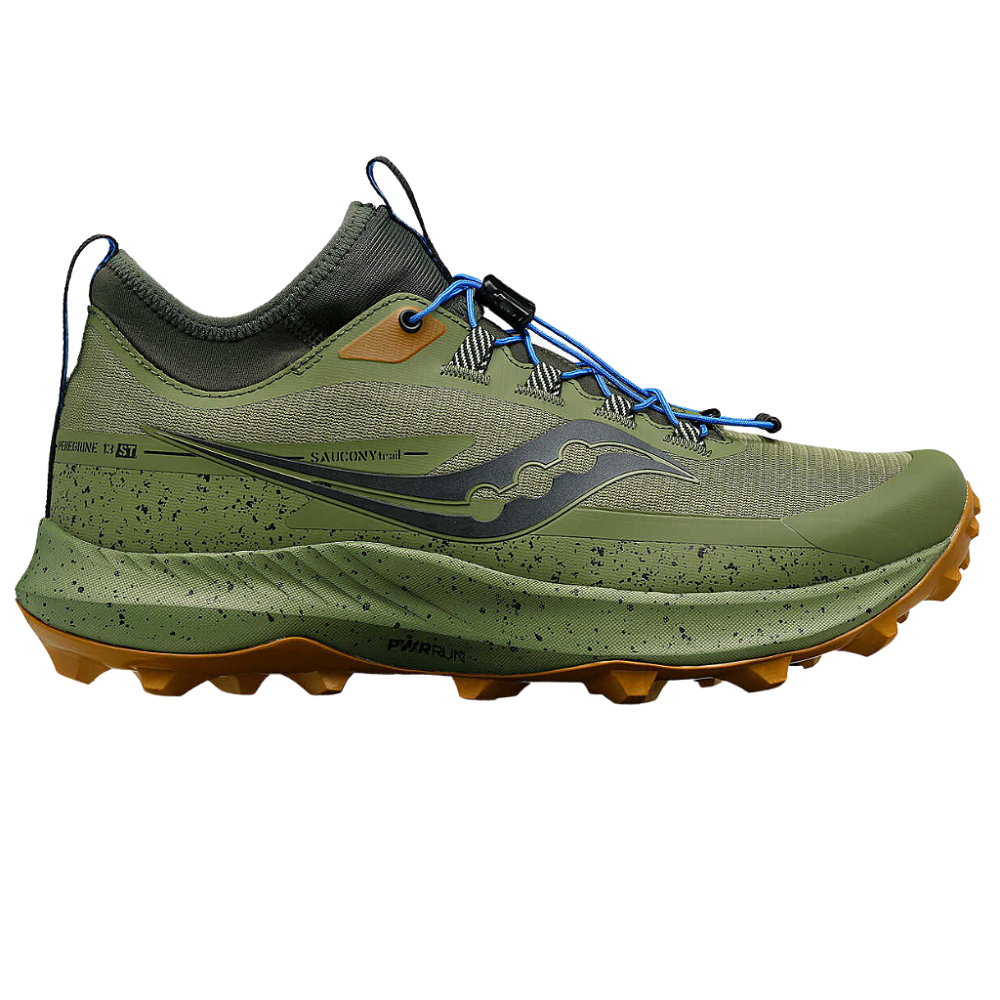
Weight and Flexibility
Lightweight Design
Weight plays a significant role in trail running shoes. Lighter shoes allow for faster and more agile movements on challenging terrains. While cushioning and support are crucial, heavy shoes can hinder performance and create exhaustion during your runs. Many brands offer lightweight options that still provide the necessary features for trail running.
As you search for the perfect shoe, consider trying on various weights to find what feels best for you. Some runners prefer minimalistic designs that offer a more natural running feel, while others opt for slightly heavier shoes with more cushioning.
Flexibility for Natural Movement
Flexibility is another important feature to consider, as it allows for natural foot movement during runs. The flexibility in the forefoot enables the shoe to conform to your foot’s shape and movement. This feature can aid in maintaining a natural running stride, providing better shock absorption and stability.
A good trail running shoe should have enough flex in the forefoot while maintaining stability throughout the midfoot and heel. When trying on shoes, assess how the shoe bends and flexes with your foot to ensure you achieve optimal comfort and performance.

Style and Design Considerations
Personal Style and Aesthetic
While function is paramount, the style and design of your trail running shoes should not be overlooked. Personal style plays a role in how you feel during your runs. Many brands offer a range of colors and styles, allowing you to select shoes that fit your personality and preferences.
Consider the environments where you’ll primarily be running. Bright colors can be more visible in nature and offer an appealing aesthetic, but classic colors might blend better with everyday casual wear post-run. Choosing shoes that resonate with your style can add to the enjoyment of your outdoor experience.
Reflective Elements for Safety
For trail runners active during low-light conditions, reflective elements are essential for safety. Look for shoes that incorporate reflective materials to help increase visibility in low-light conditions. Being seen by others while running can significantly reduce the risk of accidents.
Some designs feature reflective logos, strips along the sides, or even reflective laces. This added safety feature is valuable not just for trail running, but for enhancing visibility during urban runs as well. Prioritizing safety while maintaining style ensures a comprehensive approach to selecting your trail running shoes.
Testing and Breaking In Your Shoes
Trying Before Buying
Before committing to a specific pair of trail running shoes, it’s essential to try them on properly. Testing the shoes in-store can give you a better feel for fit, comfort, and support. Wear the actual socks you plan to use on runs to ensure an accurate fitting. Walking around the store will help gauge how the shoes feel on your feet.
If possible, run a short distance in the shoes to assess their performance. Pay attention to any areas of discomfort and how your foot moves within the shoe. The right fit should feel snug yet comfortable, with no pinching or excessive movement.
The Importance of Breaking In
Once you have found the perfect pair of shoes, remember to break them in properly. Although many trail shoes are designed to provide comfort straight out of the box, wearing them during shorter runs initially can help identify any potential issues. Breaking in the shoes ensures they mold to your unique foot shape and can lead to a smoother running experience.
Avoid jumping straight into long runs with new shoes, as this could lead to blisters or discomfort. Gradually increasing your running time while wearing the shoes allows your feet to adjust. This process is essential for ensuring that you are ready for longer distances once you hit the trails.
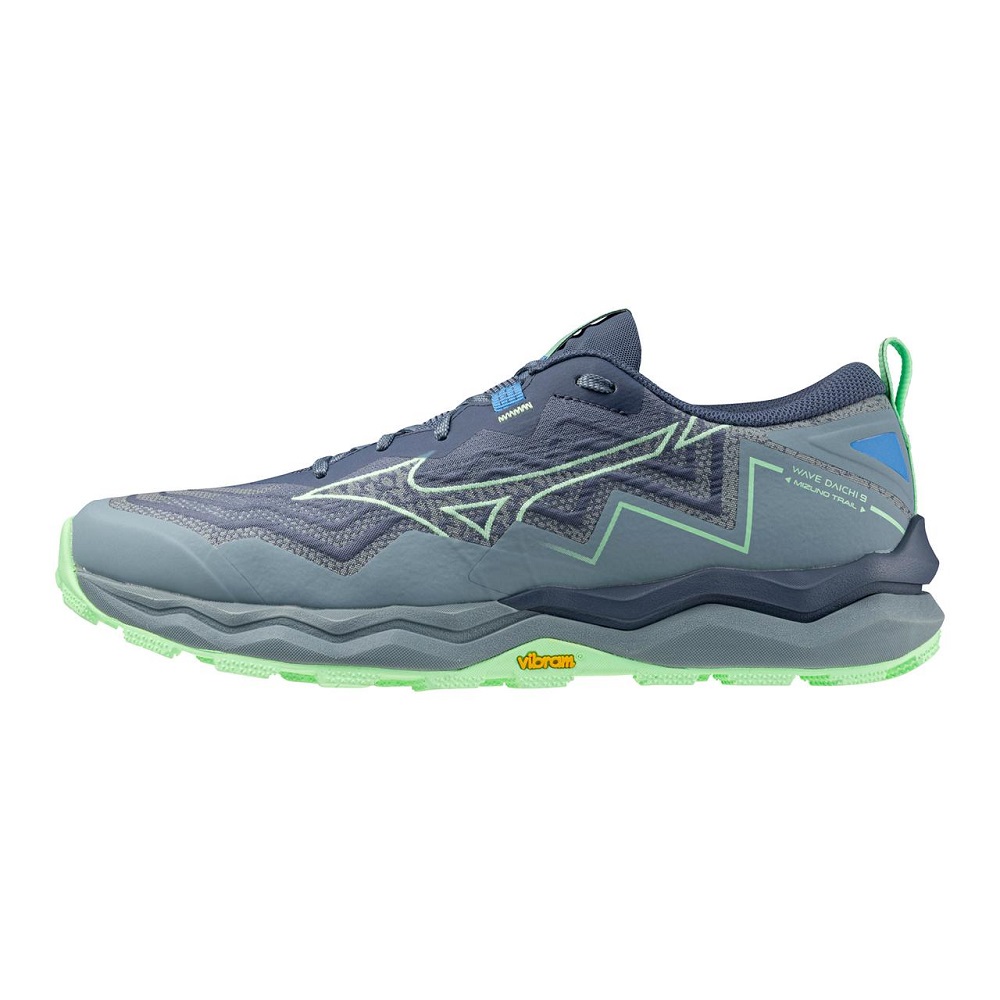
Caring for Your Trail Running Shoes
Regular Cleaning Practices
Taking care of your trail running shoes is essential for their longevity and performance. After each run, inspect your shoes for dirt, mud, or debris. Clean them promptly to prevent buildup, which can affect the material’s breathability.
To clean your shoes, remove the insoles and laces for thorough cleaning. Use a soft brush or cloth and mild soap to clean the exterior. Avoid harsh chemicals or strong detergents, as they can damage the materials. Allow the shoes to air dry at room temperature away from direct sunlight to protect the fabrics.
Storing Your Shoes Properly
Proper storage will also prolong the life of your trail running shoes. After cleaning, make sure they are completely dry before storing them. Utilize a cool, dry place for storage that avoids extreme temperatures, which can degrade the material over time.
Consider using shoe trees or stuffing the shoes with newspaper or tissue paper to help maintain their shape. Proper care and storage will keep your shoes in optimal condition, ensuring they are ready for your next adventure.
Find Your Perfect Trail Running Shoes
In conclusion, selecting the right pair of mens trail running shoes is essential for comfort, performance, and safety on the trails. By understanding key features such as traction, cushioning, breathability, and fit, you’ll be better prepared to make informed decisions when purchasing your next pair.
Investing in high-quality mens trail running shoes will enhance your experience and take your performance to the next level. Treat your shoes with care to ensure their longevity and reliability. With the right footwear, you’ll be equipped to tackle any trail and enjoy the great outdoors.
Get out there and embrace the adventure! Whether you’re traversing rocky paths, running along scenic views, or enjoying solitary moments in nature, the right trail running shoes will make all the difference. Happy running!


